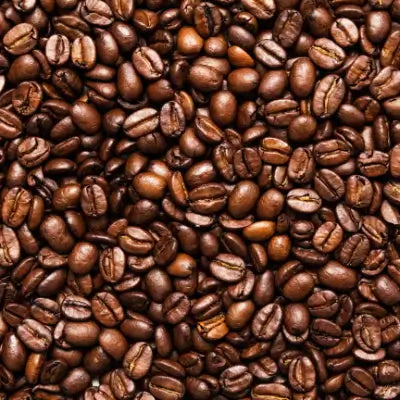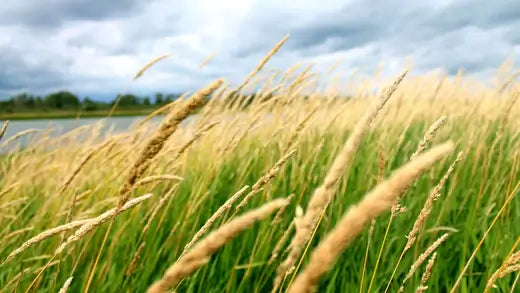Winter weather can be very harsh for fragile perennials and other small garden plants, especially with a potential freeze warning. A freeze happens when the outside temperature drops under 32 degrees Fahrenheit.
Tender perennials and fragile plants can damaged severely when the trapped water inside the plants freeze. Hardy plants also face the same danger from cold and chill. There are many ways to save tender plants from freezing. With proper planning, you'll be able to protect fragile plants from freeze damage. Let's look at some simple and effective ways to secure sensitive plants during the colder months.

In this article, Tammy Sons at TN Nursery offers some simple and easy tips to protect your plants from things you may already have or affordable items to provide ample plant protection from winter temperatures.
Sawdust:
Sawdust is a waste product of woodworking industries, such as sawing and milling. It is common in gardening to use sawdust as mulch around the plants. Layer 1-2 inches of sawdust in the garden to retain the moisture and hold the warmth from the sun. Sawdust mulch is highly acidic, making it perfect to use around acid-loving plants like blueberries.

Ensure the sawdust is seasoned and brown because non-seasoned light sawdust may harm your plants more than good. You can tell seasoned sawdust. It’s dark, not light, as derived from sawed lumber dust. By taking this precautionary measure, sawdust can be an excellent addition to your winter garden.
Try Planting Ground Covers To Protect The Roots of Shrubs, Ferns and Perennials
Ground covers protect your plants during the winter and help with the weed control when the weather gets warmer. Since they are slow-growing, ground covers need very minimal maintenance. They can hold their appearance all winter long, making them a perfect accessory for any winter garden to look vibrant and beautiful. They provide quilt-like protection to tender plants in a highly economical way.

Towels, Boxes, Blankets, Sheets or Throws Also Works
Covering your plants with a large quilt or blanket-like fabric is also an excellent technique to protect your plants from freezing. Likewise, you can use heavy card boxes for this purpose. You can also use a thick bedsheet or a window curtain as a canopy over fragile plants, securing them with heavy objects like brick or stone to trap warm air inside. A tall stake can also support the canopy in heavy wind. Once the freezing temperature passes by, remove the cover and give them a good soak with water to keep them well hydrated.

Shelter:
The above approaches perform flawlessly when the plants are already in the ground. However, one can shelter potted plants by bringing them inside and placing them near windows that receive direct sunlight, giving them a higher level of protection. This requires the most work and isn't necessary unless you’ve planted plants from a warmer zone and they need to be brought in for winter temperatures.

Mulching
If you are concerned about trees and shrubs dying from winter freezing, you can also mulch them by applying a thick layer of pine bark chips or garden mulch in late fall before it gets too cold to garden outdoors. This protects fragile roots by insulating them.

Recap:
Unlike summer, gardening can be quite a stressful task during the winter. Growing sensitive plants takes excellent effort and arrangement, but the simple steps discussed above can help your plants survive any harsh freezing temperature.
About the author
Tammy Sons is a plant expert whose knowledge and expertise have earned her a place of honor on both Forbes and Newsweek's expert panels. With a lifelong passion for all things botanical, Tammy has become a renowned authority in horticulture and plant care.Her dedication to the world of plants extends far beyond her impressive credentials; she possesses an innate ability to nurture and cultivate green life.
Tammy's insights into plant biology, gardening techniques, and sustainable practices have enriched countless individuals' lives and contributed significantly to the global conversation on environmental conservation.

















































